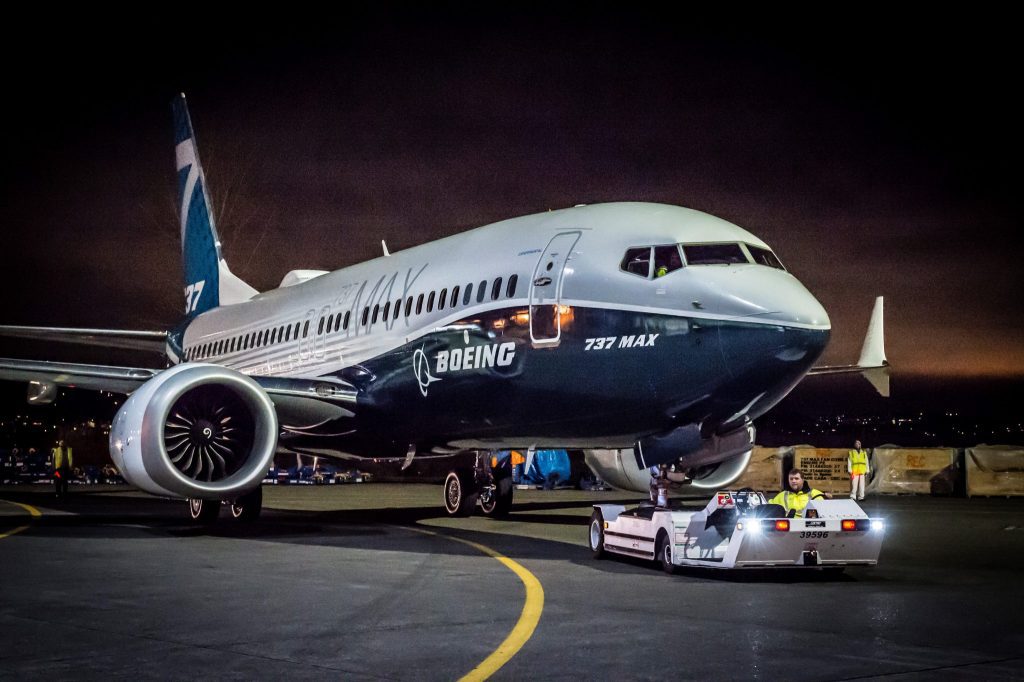
NATO‘s defence spending target is likely to increase from the current 2% of GDP, with discussions on the matter expected at a summit in The Hague this June. While the 2% target remains a goal for many NATO allies, rising security threats, especially from Russia, are pushing the military alliance to consider higher spending benchmarks.
Moving Beyond the 2% Target
NATO Secretary General Mark Rutte emphasized that 2% is no longer sufficient to ensure the security of the alliance in the coming years. The planned increase in defence spending is expected to go beyond 3%, with discussions on how to meet the new targets focusing on joint purchases and leveraging existing infrastructure within NATO and the European Union. Rutte suggested that the use of the NATO Support and Procurement Agency (NSPA) could help alleviate some costs, such as joint buying and innovation, which could reduce overall defence expenses.
While 24 NATO members currently meet the 2% target, the remaining countries are under increasing pressure to step up their contributions. Rutte’s comments reflect the growing concerns within NATO, as security risks continue to rise, particularly in the wake of Russia’s military actions. He pointed to Ukraine’s experiments with cost-effective radar systems as a model of innovation that could help lower defence costs without compromising on security.
5% Defence Spending Target Sparks Debate
The idea of increasing defence spending beyond 2% is not new. US President-elect Donald Trump has repeatedly called for NATO members to spend 5% of their GDP on defence. However, this proposal has met with resistance from some European nations, including Germany, which argued that such a drastic increase would necessitate significant tax hikes or cuts to other essential sectors, such as healthcare and pensions.
Rutte has not explicitly supported the 5% target but acknowledged that NATO’s new internal capability requirements will push the spending benchmark above 3%. Some of Europe’s largest economies, including Spain, Belgium, and Italy, have yet to meet the 2% threshold and would face considerable challenges in meeting even higher targets.
As NATO faces rising threats, particularly from Russia, the alliance is likely to adopt a new defence spending target at its upcoming summit in June. The decision could reshape the financial commitment required from each member to ensure the long-term security of the alliance.











Leave a Reply
You must be logged in to post a comment.